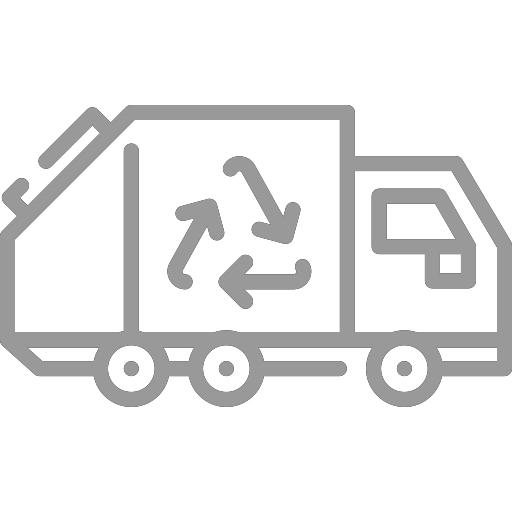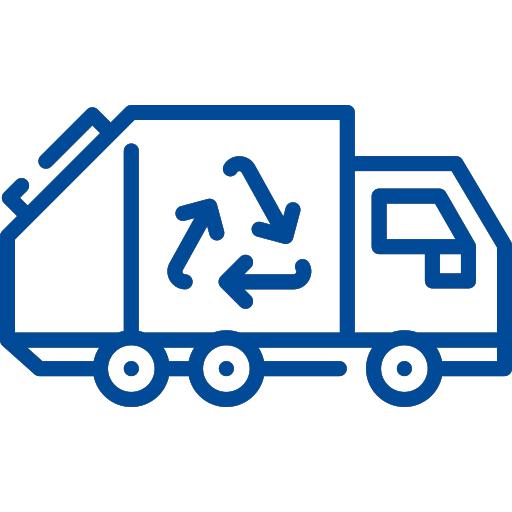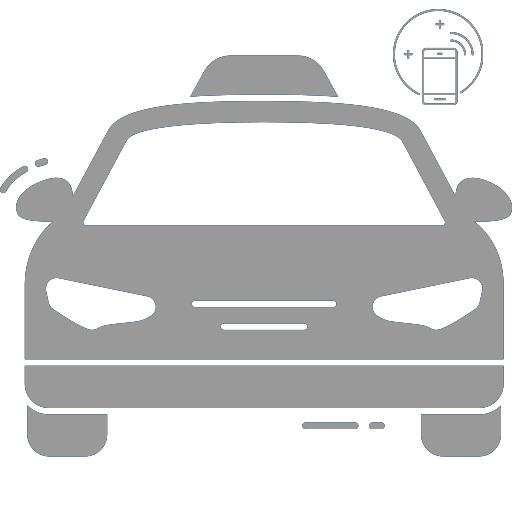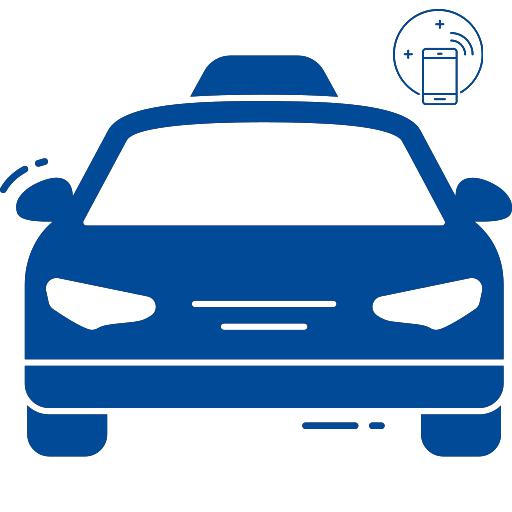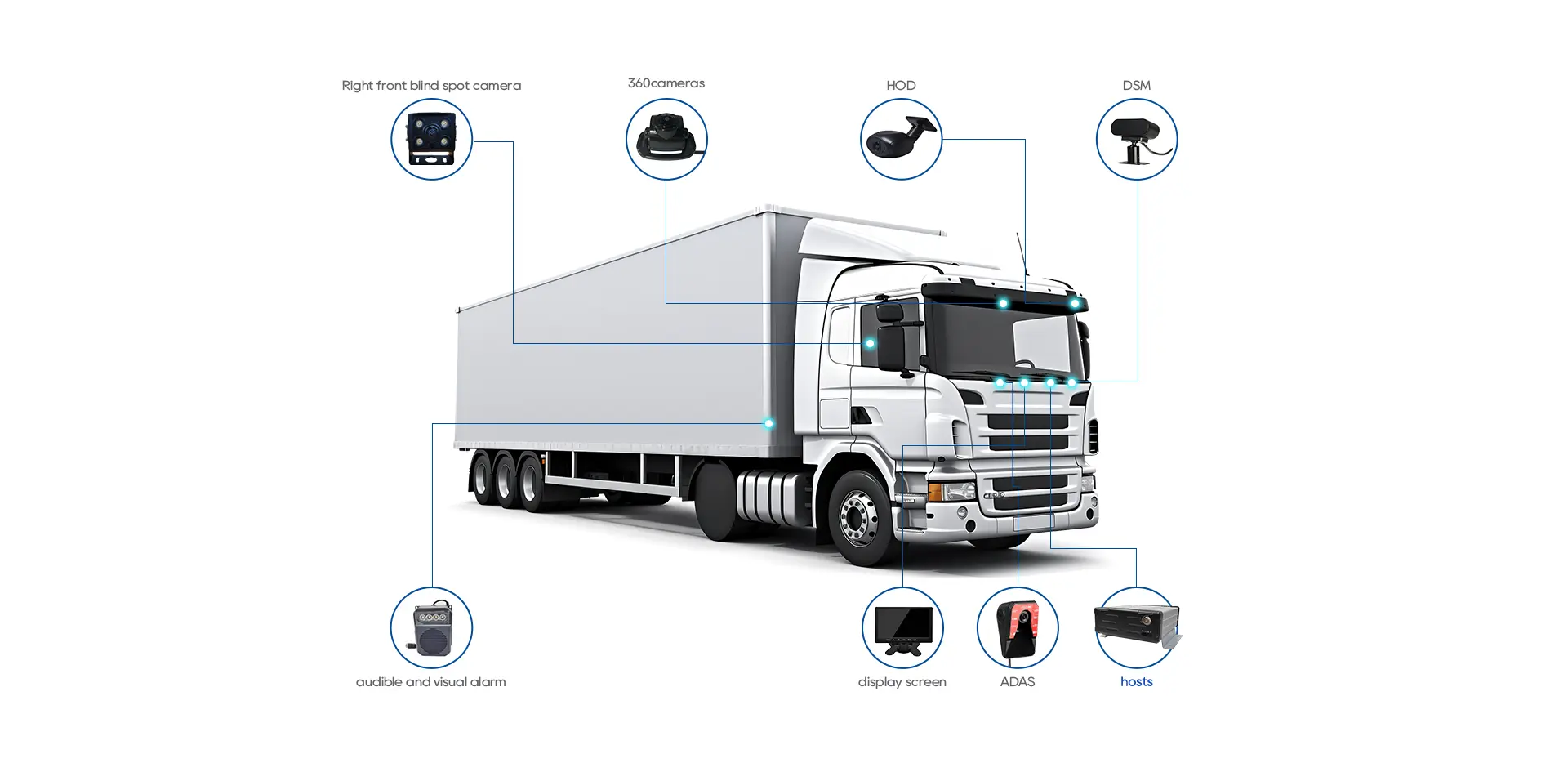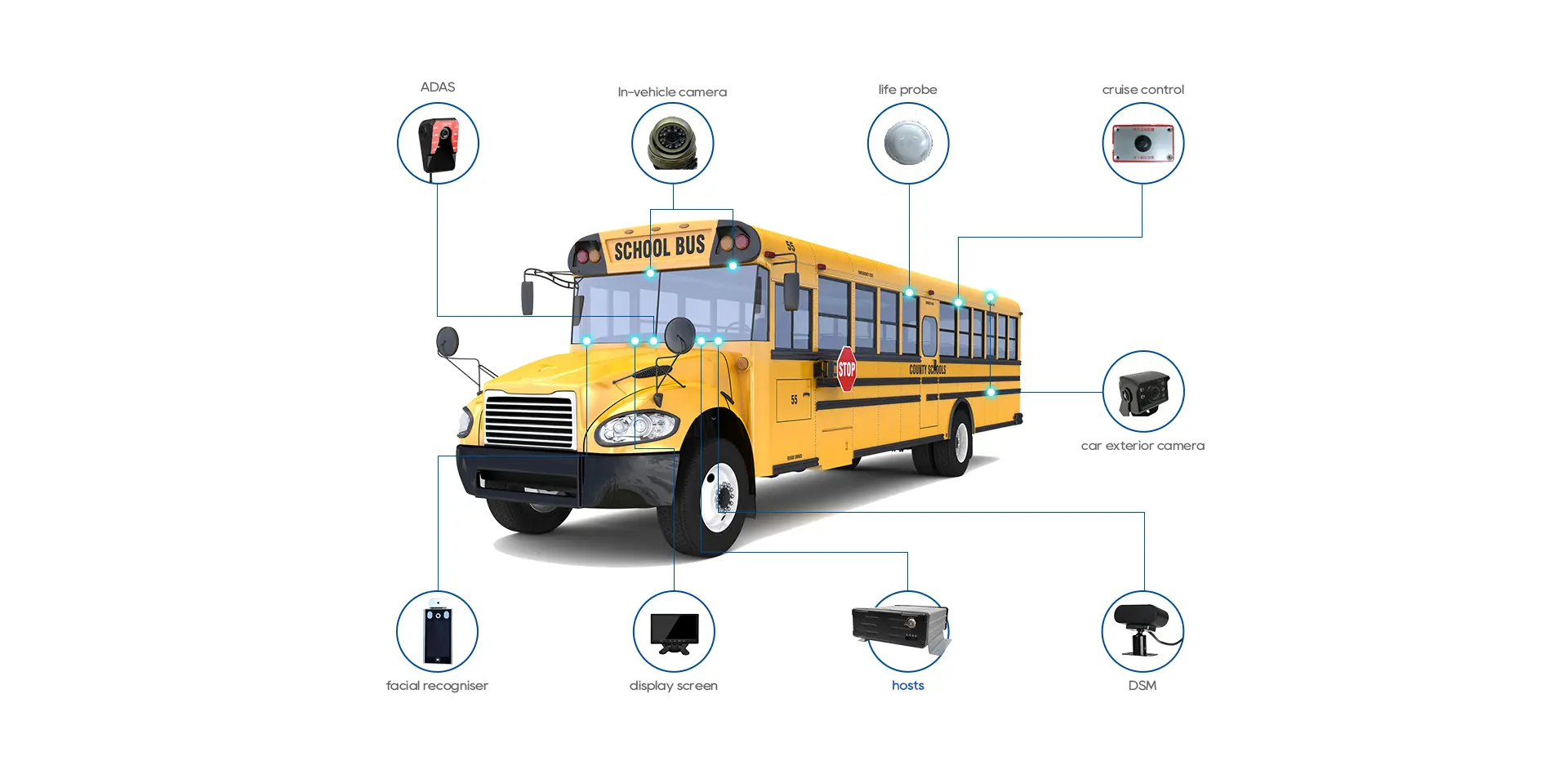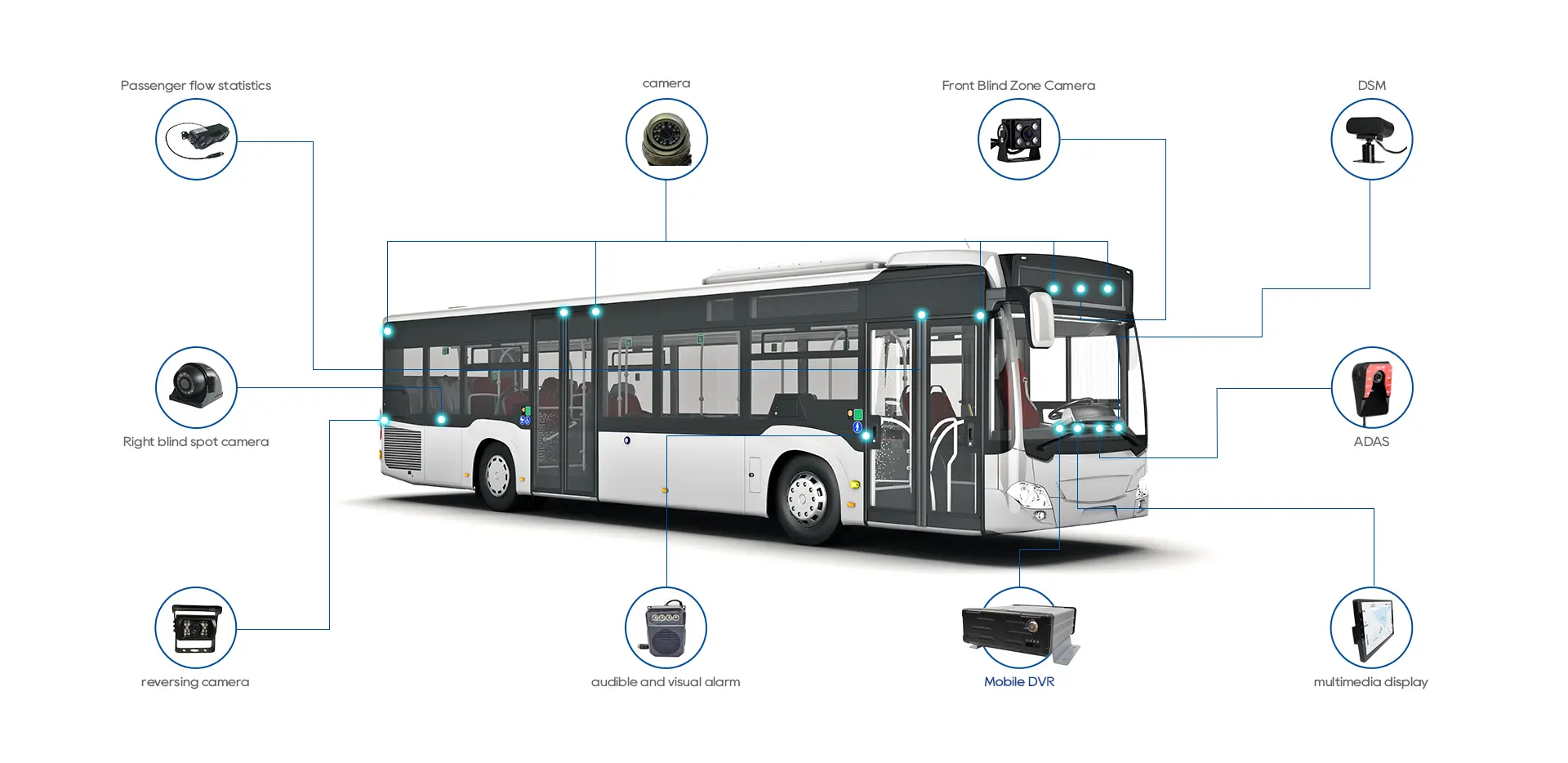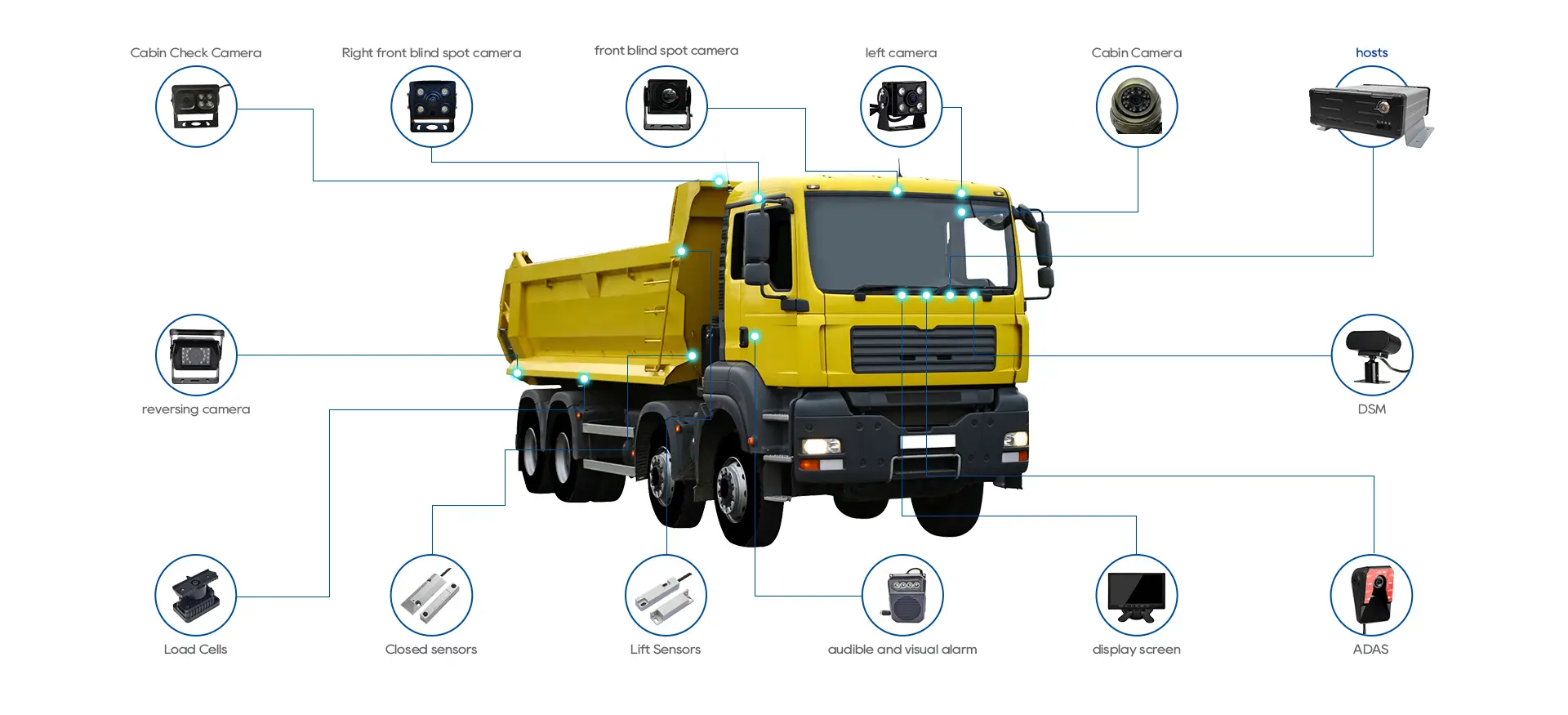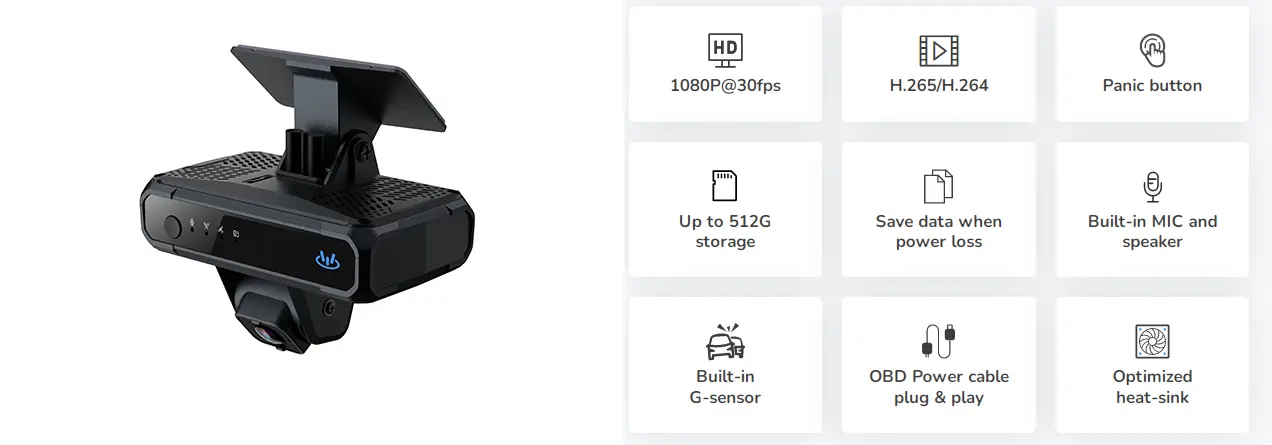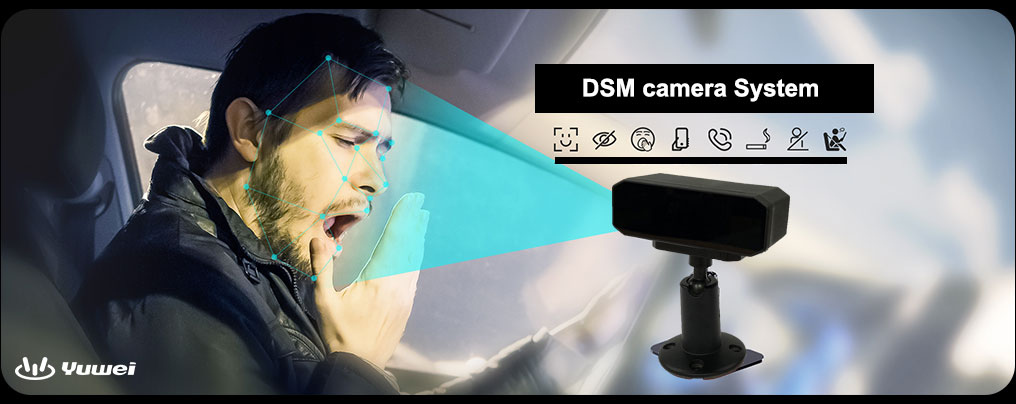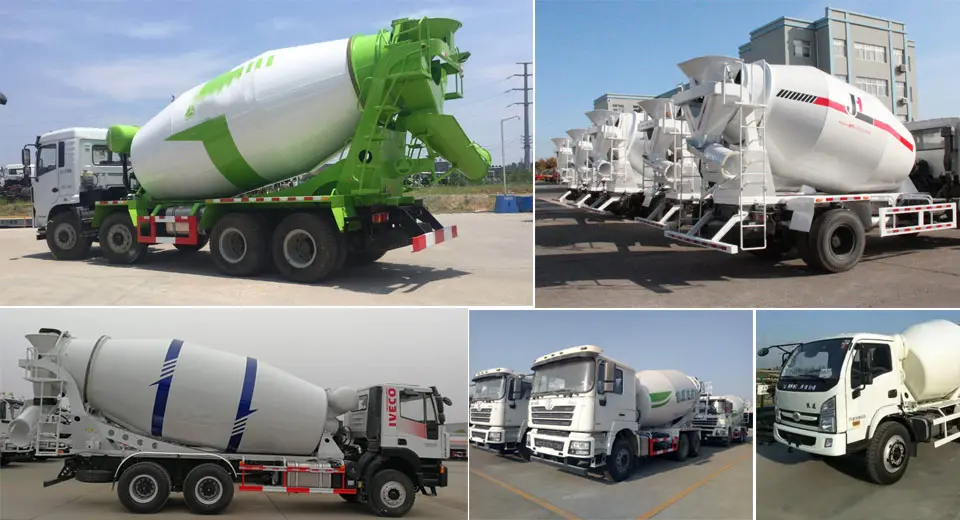What is an In-Vehicle Monitoring System (IVMS)?
What is an In-Vehicle Monitoring System (IVMS)?
An In-Vehicle Monitoring System (IVMS) refers to a collection of electronic devices installed in a vehicle, such as in-car cameras, GPS, ADAS, DSM, etc., that are used to monitor driver activities and assist in identifying behaviors such as speeding, harsh braking, rapid acceleration, drunk driving, fatigue driving, phone usage, distraction, etc.
hnweb_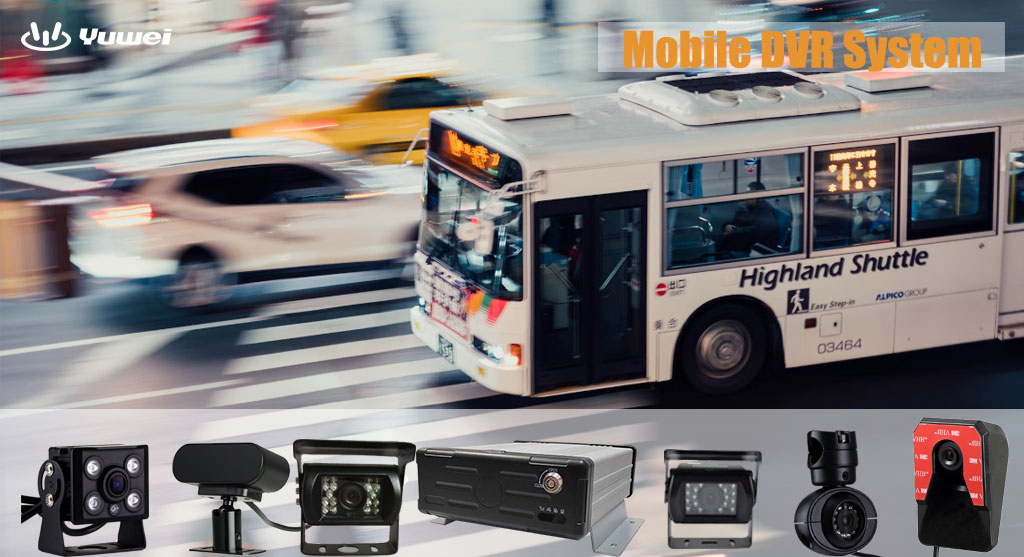
IVMS devices and vehicle tracking system software are used by various fleets to ensure compliance with safety regulations and to monitor the movement and location of vehicle assets both on the road and at remote work sites.
What are the functions of an In-Vehicle Monitoring System?
Improving driving skills through monitoring: Research has shown that remote vehicle information processing helps reduce accident rates.
60% reduction in speeding incidents.
29% to 100% reduction in high potential, catastrophic, significant, or severe accident rates.
Encouraging seatbelt usage by identifying driver misconduct such as sudden braking, speeding, aggressive acceleration, and overspeeding.
What are the benefits of an In-Vehicle Monitoring System (IVMS)?
The benefits of an In-Vehicle Monitoring System include:
1. Reduced insurance premiums: IVMS allows you to accurately understand what happened during an incident, enabling more efficient handling of insurance claims and appropriate allocation of responsibility. Most global insurance companies offer lower premiums for fleets using IVMS.
2. Reduction in speeding, harsh acceleration, and excessive braking: The presence of IVMS promotes safer driving behavior, eliminating practices like drunk driving, fatigue driving, and distraction.
3. Vehicle security: IVMS helps protect vehicles from security threats and theft, ensuring the safety of the vehicles themselves and facilitating the quick recovery of stolen vehicles.
4. Collision detection: IVMS can identify problematic vehicles using real-time data and provide immediate assistance to employees facing difficulties.
5. Geofencing: IVMS provides the additional benefit of geofencing, allowing specific boundaries to be set for each vehicle in the fleet, such as setting specific speed limits or prohibiting entry into certain areas (remote locking).
6. Real-time GPS tracking: IVMS provides visibility and overview of the fleet and the location information of individual vehicles.
7. Reduction in motor vehicle accidents and collisions: IVMS helps employees better understand their risk factors, improves driving skills and safety, and also reports driver performance for future training and safety measures.
What types of fleets is YUWEI IVMS suitable for?
YUWEI IVMS is suitable for various types of fleets, including passenger vehicles, trucks, logistics vehicles, school buses, taxis, dump trucks, excavators, unmanned vehicle fleets, etc.
YUWEI in vehicle monitoring system (IVMS)
For more information please read:Fleet Cameras system
How much does an In-Vehicle Monitoring System (IVMS) cost?
The cost of an In-Vehicle Monitoring System (IVMS) includes hardware components such as cameras (with a cost of $25 per camera), DVR ($125), dash cams, display screens, software systems, and additional configuration functionalities. For specific requirements and a detailed quotation, you can leave a message on our website or contact us via email (hello@yuweitek.com), and we will send you an official quotation within 5 hours.

















